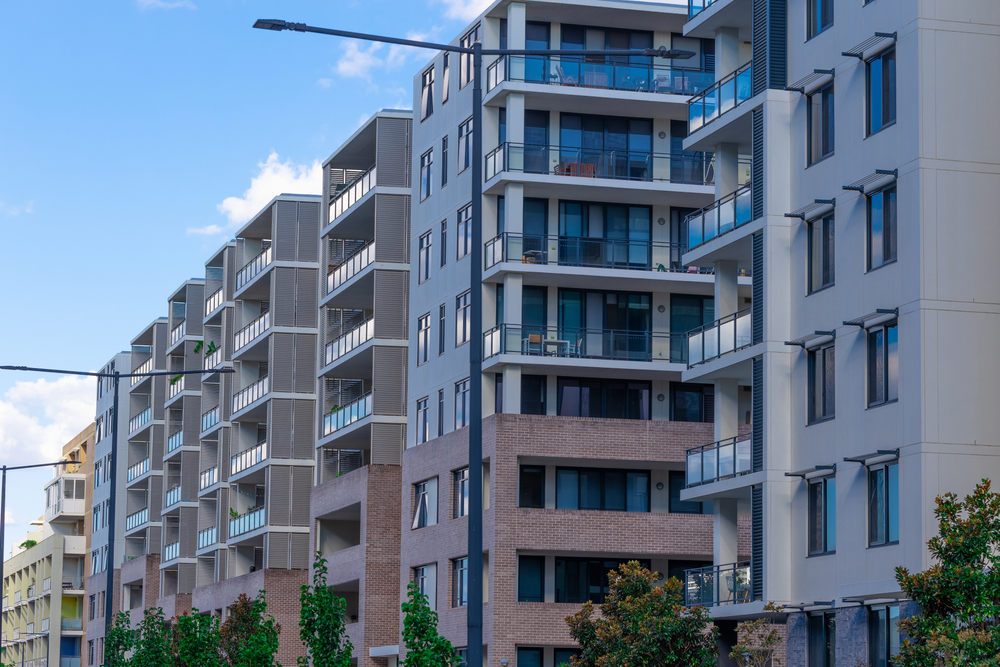
Mindful of the fact that a high percentage of building permits have been issued across the nation that relate to high rise buildings and multi-unit developments, a great deal of the litigation of the future will relate to Owners Corporation and strata title disputes.
With the explosion in multi-unit development there has also been a heightened concern about build quality in some developments ranging from leaky building scenarios to problems with cladding and fascia.
It is therefore likely that body corporate litigation will be on the up and up. While the term Body Corporate is used in some jurisdictions, in Victoria these entities are referred to as Owners Corporations (since 2007).
So how does an Owners Corporation issue proceedings for building defects?
Subject to the relevant Act of Parliament of that state or territory, a special resolution of 75% of members is needed in some Australian jurisdictions and their tribunals to bring proceedings for building defects. For a prudent OC, part of that special resolution will include that:
- A special levy is raised for an amount of money that is realistically commensurate with the cost of retaining construction lawyers and retaining experts to carry out forensics and diagnostics.
The body corporate committee charged with carriage of the matter should from the outset have regard to the fact that there may need to be further levies struck down the track in the event that the litigation takes some years to resolve. Alas Owners Corporation disputes rarely resolve overnight. By and large the gestation period that culminates in resolution is anywhere between 18 months to 4 years or so.
It is critical that the Owners Corporation committee steals itself and its constituents for “an altercation” as it were, that may be expensive and time consuming. Subject to the relevant Act of Parliament in that state or territory, through an instrument of delegation the Owners Corporation committee, after the levy is struck, may brief an appropriate construction lawyer.
The OC committee may resolve to delegate that responsibility to a single representative and the OC committee would be well advised to establish a sub-committee that works with the delegate representative to assume full carriage of the prosecution and resolution of the dispute.
In terms of choices, professional construction law experts who are also au fait with Owners Corporation rules are a must along with highly regarded technical experts be they building consultants, structural or civil engineers, waterproofing consultants, quantity surveyors or all of the above.
The committee and it’s constituents must own the fact that resolution of Owners Corporation disputes takes a considerable amount of time and consumes a significant amount of revenue. However, if the committee is prepared to stay the course given that in most jurisdictions there are statutory warranties that make it crystal clear that builders are liable for poor workmanship, the chances of success in circumstances where there are clear defects, are good.
It is critical that the professionals retained by the Owners Corporation committee are totally on top of the law and careful regard must be had to discrete issues such as:
- The statute of limitations- which will be jurisdictionally specific, is there a 10 year liability cap? These are critical questions to be answered by a construction lawyer professional.
- A point of critical consideration is the jurisdiction of the body corporate in terms of what parcel of the property it can sue for. Ordinarily the Owners Corporation can only sue with respect to common property. Private lot owners must sue for defects within their own apartments, unless the defects emanate from a common-property source, in which case, in certain instances, the body corporate or Owners Corporation will have standing.
- It is common for there to be a separate class action where a class of affected parties are part of a co-plaintiff proceeding where the individual unit holders make up one cluster of plaintiffs in conjunction with the OC itself.
- Great care must be afforded to working out the gamut of the proceedings that can be invested in the Owners Corporation vis a vis that which binds individual unit holders. These questions are critical questions to confront prior to the initiation of legal proceedings in a court of law or tribunal of competent jurisdiction.
In the vast majority of disputes of the multi-unit residential persuasion, the form of resolution for these disputes will be a tribunal like the VCAT or NCAT. The reason being the Home Building Act 1989 of New South Wales and the Domestic Building Contracts Act 1995 in Victoria state that domestic building disputes must be resolved in these forums.
Unfortunately, absent the initiation of legal proceedings, there is little incentive for and it is fairly common to encounter a reluctance on the part of respondents to confront the magnitude of the problem. Such are the costs and the complexities of dispute resolution in this vexed arena.
This is a Lovegrove and Cotton publication.
Disclaimer
This article is not legal advice and discusses it’s topic in only general terms. Should you be in need of legal advice, please contact a construction law firm. The experienced team at Lovegrove & Cotton can help property owners and building practitioners resolve any type of building dispute.